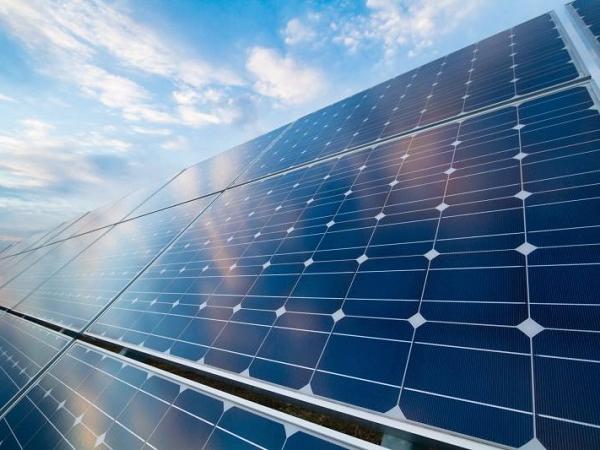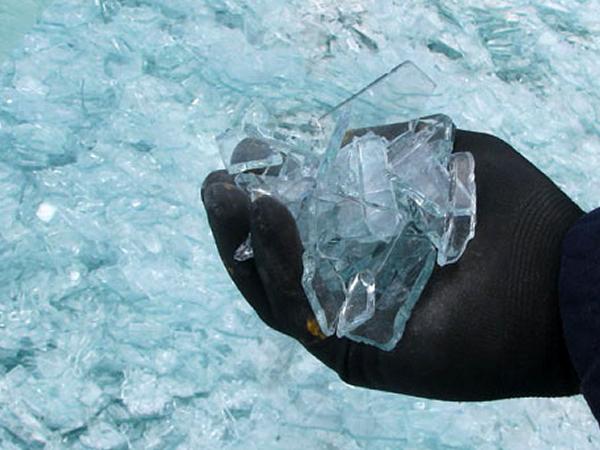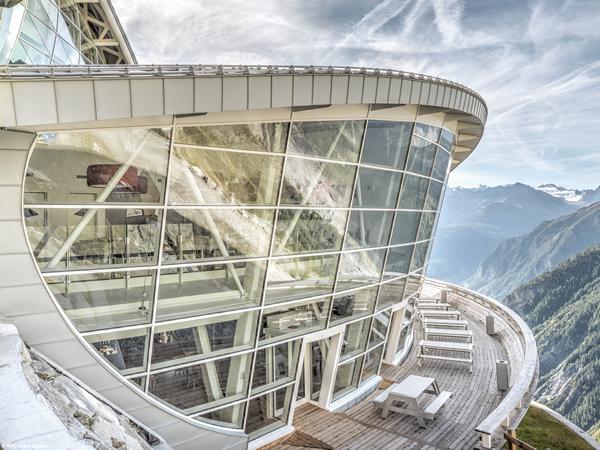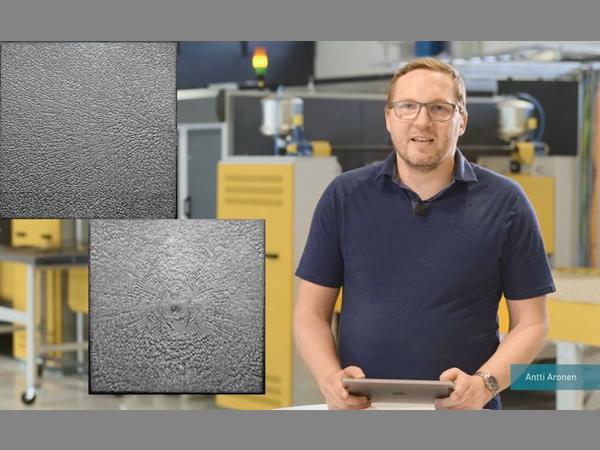Others also read
| After seaming, grinding glass edges is another important work step in glass edge processing. The process is primarily used to remove overbreaks and underbreaks at the edges and to process the glass sheets to size.
| The paper illustrates the design project of the main laminated glass balustrade of a steel staircase installed in the historical Margherita Theatre in Livorno, Italy.
| In glass tempering, we look for equipment that uses less energy, leading to fewer emissions. But sometimes, the numbers are too good to be true.
| Glass production is an energy-intensive process by its nature, so even small reductions there can result in considerable savings in energy and costs.
| Full convection, forced convection, focused convection, recirculated convection – the list of terms goes on and on.
| Do you still spend precious time doing the meticulous task of manually counting glass cullets for a glass fragmentation test? Or maybe your modern counting tool is not exactly the gold standard? If so, we have some good news for you!
| Irregularities in the glass, which are visible under certain lighting conditions and interfere with the overall impression of a pane – anisotropies – occur when glass is tempered.
| This paper explores the flexural strength of recycled cast glass—a property relevant to the engineering practice.
| A clean, safe and sustainable source of energy, solar continues to power the world at a faster pace than ever before.
| Anisotropy is the term used in the façade industry to describe the manifestation of patterns and colourful areas in heat-treated glass under certain light and viewing conditions.
| This research investigates the potential of glass as a new design tool to highlight and safeguard our historic structures.
| In this work, a combined Voronoi and finite-discrete element method (FDEM) approach for reconstructing the post-fracture model of laminated glass (LG) was proposed.
| The load-bearing capacity of glass as a structural material as well as sustainability and resistance of a built-in glass against appearing loads and forces is assuming an ever-greater importance.
| This study forms part of a wider research programme that aims to better address the end-of-life challenges and opportunities in façade design for re-use.
| The structural glass for this globe structure is created with laminated double curved glass panels patch supported by a steel structure.
| The post-breakage behavior of glass beams is not easy to predict, therefore Octatube performed a range of tests on different glass fins varying the test setup.
| Sustainability and the circular economy are increasingly influencing work and production processes in glass manufacturing, too.
| Glaston is working hard to make tempering furnaces more automated.
| What is your vision of the future? What role will glass play in your vision?
| Held in Düsseldorf from 15 to 18 June 2021 glasstec will pick up on the latest glass trends related to shapes, formats and structures.
| It is a very known behavior that the glass fragmentation depends on where you break the glass.
| For over four thousand years, the lustrous, hard, and inert characteristics of glass have made it one of the world’s most desirable and frequently used building materials.
| The Surface Compression Stress (SC) data, collected by Stazione Sperimentale del Vetro, were analysed to compare the measurements carried out by Scalp-05 (Scattered Light Polariscope) and Laser Gasp (Strainoptics’ GASP® Polarimeter).
| In this paper, the basics of the heat flux modes are given, a solution method for the glass energy equation is introduced, and some tempering furnaces are theoretically studied to show the portions of the heat transfer phenomena inside furnaces during heating.
| The present paper, correlated with the Author’s speech at GPD 2019 but extending it at the same time, summarizes some of the R&D work recently published by Saint-Gobain.

























